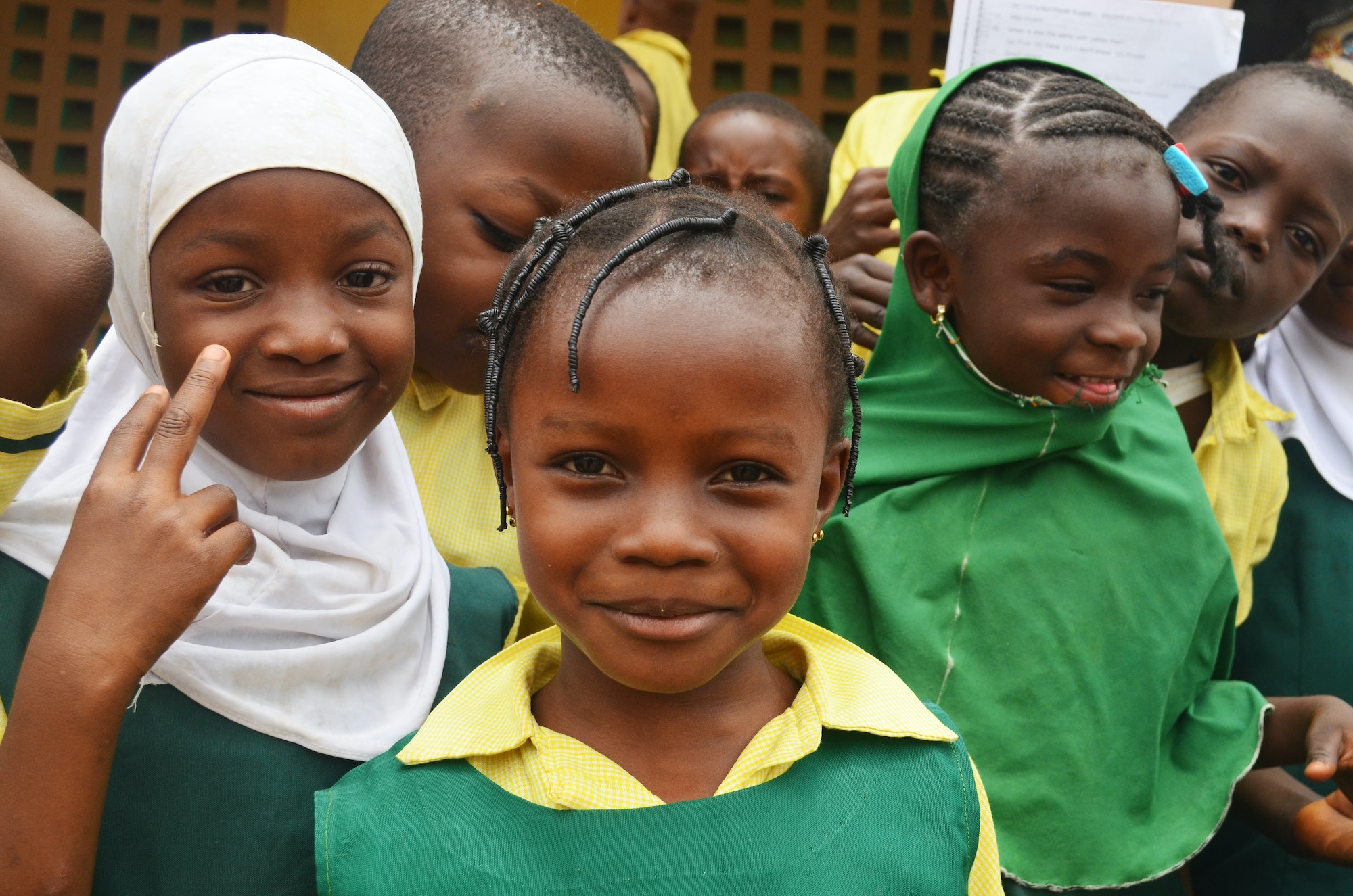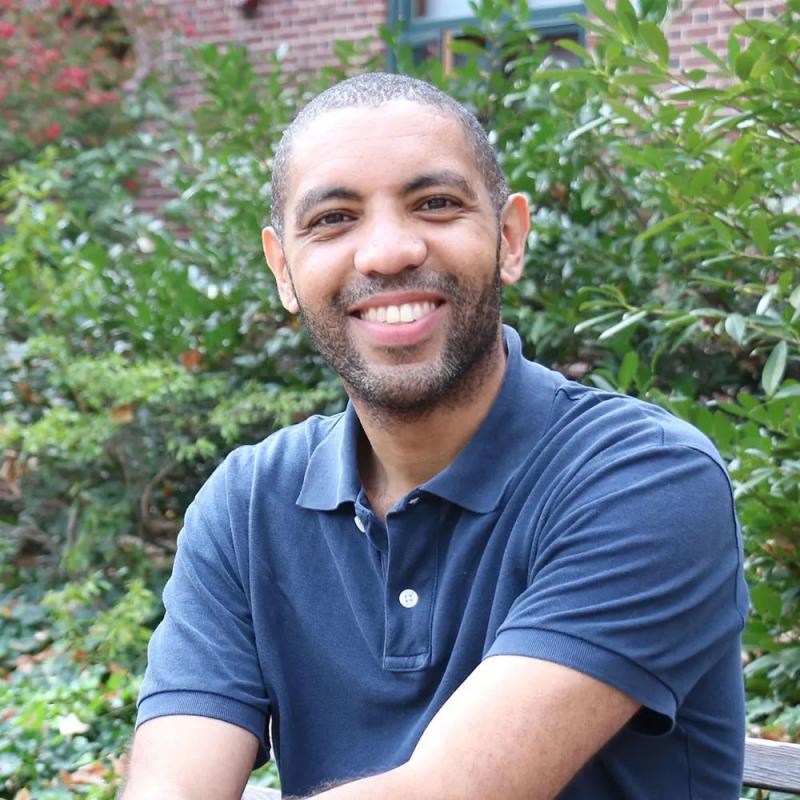The silence of reforms for quality
Reforms designed to improve education quality have been free of political conflict. This has likely come at the expense of their broad acceptance and sustainability.

When Jaime Saavedra, the former minister of education of Peru, was appointed to the post in 2013, he told his team, “we needed to think always as if we only had six months left... We could be out tomorrow.” Saavedra’s sense of urgency was ultimately misplaced - he lasted three years, close to a record for a minister of education in Peru. Between 1995 and 2016, when Saavedra left office, Peru had 13 ministers in 21 years.
This rapid turnover in education ministers is not unique to Peru, however. Nigeria had 51 ministers of education over the forty-year period between 1960 and 2000 (p.12).
Despite the instability of the Peruvian and Nigerian education ministries, to the outsider they appeared to be a constant flurry of activity. Reforms were proposed, passed, and enacted, only to be rolled back as soon as a new education minister or president came to power. Akin to the Greek god Sisyphus, they were forever destined to push a rock up a hill, only to see it fall back down, always working, never achieving.
By contrast, the Indian state has been a paragon of calm, with 23 ministers of education over the last 53 years despite robust political competition, frequent alternation of parties in power, and a brief tryst with autocratic rule. Similarly, Chile has been successful in implementing incremental reforms since their return to democracy.
The commonalities of reforms for quality
Despite the contrasts in institutional and political stability, the four countries—diverse in size, regime type, federal structure, and levels of economic growth—share one common feature: how “quiet” the politics of quality education have been. Reforms for quality reforms have moved outside the realm of electoral politics and within the realm of ministerial negotiations.
At the recent Annual Meeting of the Comparative International Education Society (CIES), the RISE programme - a global research endeavour that seeks to understand how education systems in developing countries can overcome the learning crisis - hosted a panel titled “Politics is not the Obstacle: Insights on the Politics of Learning from the RISE Programme”. On the panel, four papers covering Chile, India, Nigeria, and Peru sought to trace the evolution of political reforms around education quality, relying on a theory of political settlements to understand coalitions for reform.
The hush of political settlements and elite consensus
Political settlements are “agreements among a society’s most powerful groups over a set of political and economic institutions expected to generate for them a minimally acceptable level of benefits, and which thereby … prevents generalised … political and economic disorder” (p.25).
Across three of the four cases, political settlements around education were all made with “a narrow, national-level elite” (pg. 34) comprising bureaucrats, technocrats, educationists, and, only rarely, legislators. In India, these included motivated bureaucrats and civil society actors. In Chile, these included the education and finance ministries and the teachers’ association. In Peru, these included the World Bank and the education and finance ministries.
Nigeria is the exception that proves the rule. Constant turnover and low elite cohesion resulted in no political settlement in education, a lack of attention paid to the sector, and high levels of patronage in education.
For politicians looking to score easy political victories, education presents low-hanging fruit—schools are highly visible, teachers can form core blocs for electoral mobilisation as they have in Mexico by turning out voters and organising protests.
The four papers discussed on the panel are not concerned with reforms for education access so much as reforms for education quality. Reforms for education quality are a different kettle of fish, because the education [quality] “production process has very low specificity” (p.17). It is hard to specify what the objective of quality reforms are. It is complicated to reward education professionals once they achieve high quality. And it takes a long time for the results of quality to materialise (p.5). In short, we have little agreement on what quality education is, and we cannot identify quality when we see it.
These conditions make reforms for education quality ripe for narrow elite coalitions to define and guide what “quality education” looks like. All the reforms for quality have focused around a narrow set of questions that Balarin and Saavedra describe as “reductionist” (p.5), and they have failed to gain the necessary “levels of understanding, legitimacy and support” from broader publics.
Quiet politics
Why, then, have reforms for quality been so … quiet?
With low specificity comes little electoral or interest group pressure to focus on reforms for quality. Education quality provides little political reward for ambitious politicians. If politicians cannot point to successes (and voters to failures!) and cannot claim credit for them, they will likely not make education quality salient for voters by campaigning on their accomplishments in education.
And “[l]ow salience politics are decided through … ‘quiet politics’” (p.4). When politics are quiet, then voters, legislators, and the media defer to actors with technocratic expertise: bureaucrats, bilateral and multilateral donors, and civil society actors deeply invested in the sector. From Chile, where “education policies were non-conflictive” (p.64), to Peru, where substantive matters were not politically contested (p.4), to India where there has been “marked consistency in the range of policy thinking options across decades” (p.34), education reforms for quality remained out of the arena of partisan and electoral politics.
The narrowness of the actors involved in education reform for education quality stands in contrast to the broad-based nature of education reforms that sought to expand access to education. From Argentina, through Ghana and Korea, to Uganda, the politics of expanding access to education has been “noisy”, with political elites negotiating with mass publics on how education should be organised and provided.
Quiet politics privilege actors with patience. Despite the constant churn in the Peruvian education ministry, the actors most involved in reforms for quality have included teachers, civil society actors, and multilateral donors—all actors who can wait out the next election or political crisis. There is a narrow, consistent, yet “reductive” vision of what is to be achieved, with little support for the goal or how to get there.
What is to be done?
The question then becomes: what is to be done? Do we—as academics, policymakers, and civil society, the actors best positioned to engage in quiet politics and wait out a crisis or two—care to make the quiet politics of education reforms for quality “loud”?
Loud politics can activate parent and teacher interest and focus bureaucratic attention. But it can also lead to patronage and rent seeking as we see in Nigeria. Yet perhaps this is a trade-off worth making. Would making the quiet politics of education reform loud allow us to broaden who and how we define what quality education is?
Emmerich Davies is Assistant Professor of Education at the Harvard Graduate School of Education, a Faculty Associate at the Weatherhead Center for International Affairs and Center for International Development, and a co-convener of the Brown-Harvard-M.I.T. Joint Seminar on South Asian Politics.

